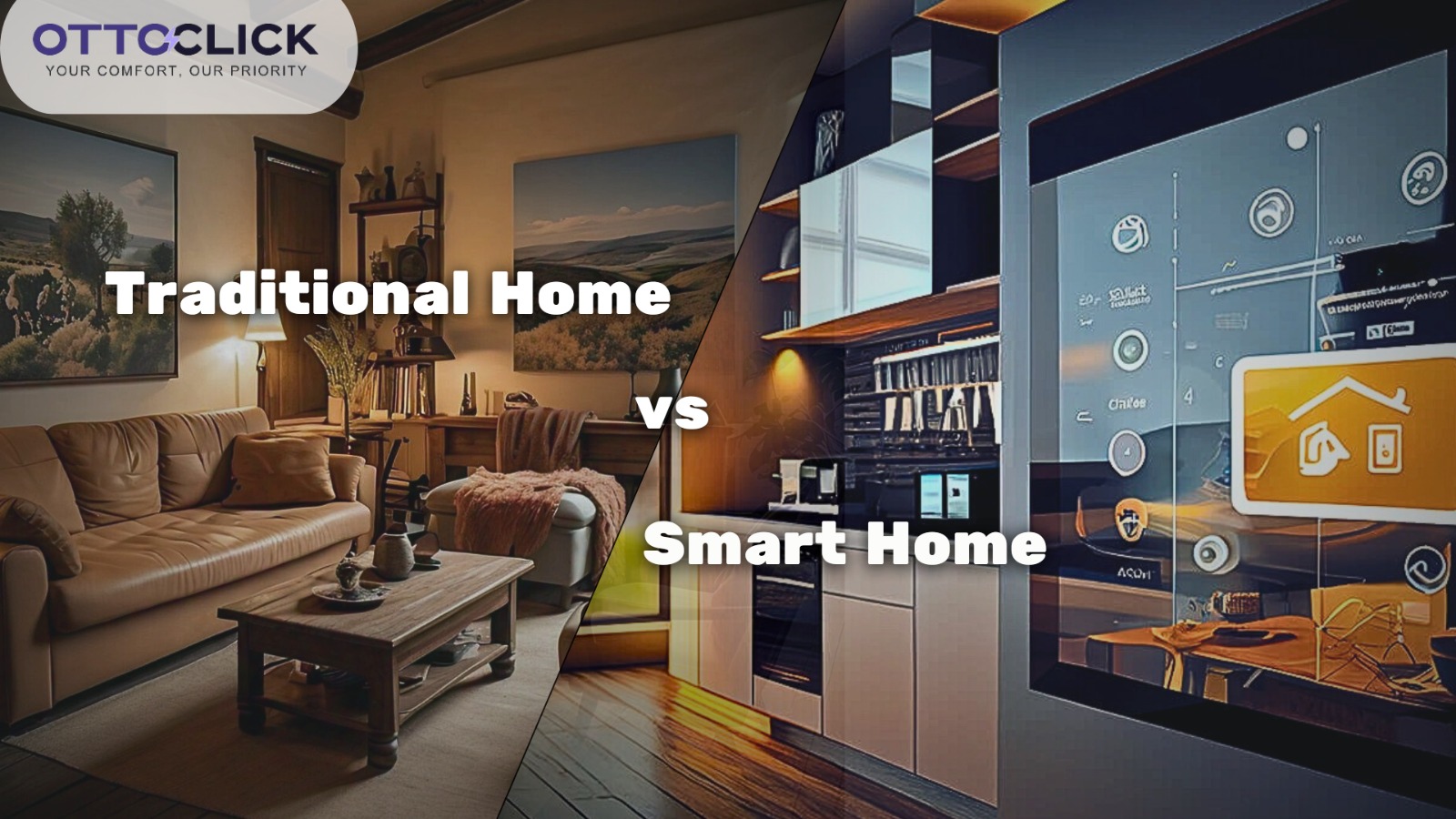Introduction
Once a concept reserved for science fiction, smart homes have become a real, tangible part of everyday life. Over the last few decades, rapid technological advancements have transformed the way we live, turning ordinary houses into intelligent, responsive environments.

1. The Origins: Smart Homes in Sci-Fi and Early Concepts
The idea of a home that responds to its inhabitants first appeared in literature and films. From “The Jetsons” to early science fiction novels, the vision of automated kitchens and robot assistants sparked curiosity and innovation.
In the 1970s and 80s, early home automation systems began to emerge — primarily focused on centralized lighting and temperature control systems for the wealthy.
2. 1990s–2000s: The Rise of Consumer Technology
As personal computing and the internet became widespread, home automation slowly started to enter the consumer market. Technologies like X10 and Zigbee allowed users to control devices over electrical lines or wireless protocols.
However, these early systems were often complex and not user-friendly.
3. 2010s: The Smart Revolution Begins
The introduction of smartphones changed everything. Suddenly, users had powerful computers in their pockets — perfect for controlling smart lights, cameras, thermostats, and even appliances.
The rise of Amazon Alexa, Google Assistant, and Apple HomeKit allowed for voice-controlled environments and seamless automation. Cloud computing made it easier than ever to sync data across devices.
4. Present Day: Integration, AI, and Sustainability
Modern smart homes are more integrated and intelligent than ever. With the help of AI, homes can now:
- Learn user habits and adjust settings automatically
- Recognize faces or voices for personalized experiences
- Optimize energy consumption for sustainability
Smart homes today go beyond convenience — they offer security, energy savings, and peace of mind.
5. What’s Next? The Future of Smart Living
Looking ahead, smart homes will likely become even more adaptive and proactive:
- AI assistants that anticipate needs before users speak
- Interconnected neighborhoods sharing energy and data
- Deeper integration with health and wellness (e.g., air quality sensors, posture monitors, sleep tracking)
Conclusion
From humble beginnings in fiction to today’s intelligent environments, the evolution of smart homes is a story of human imagination turned reality. As technology continues to progress, our homes will not only serve us — they will understand us.
